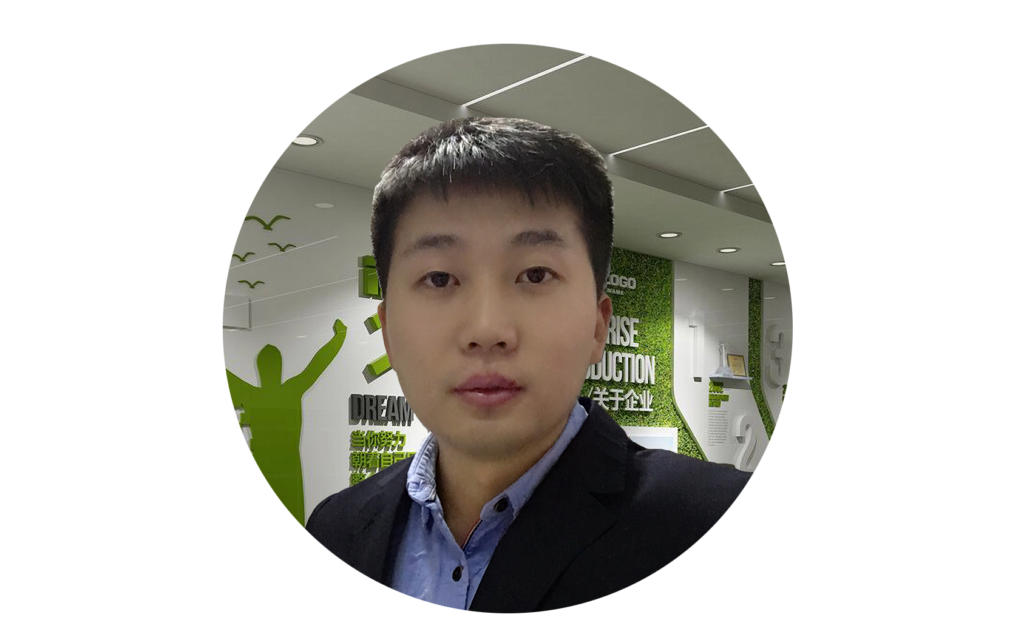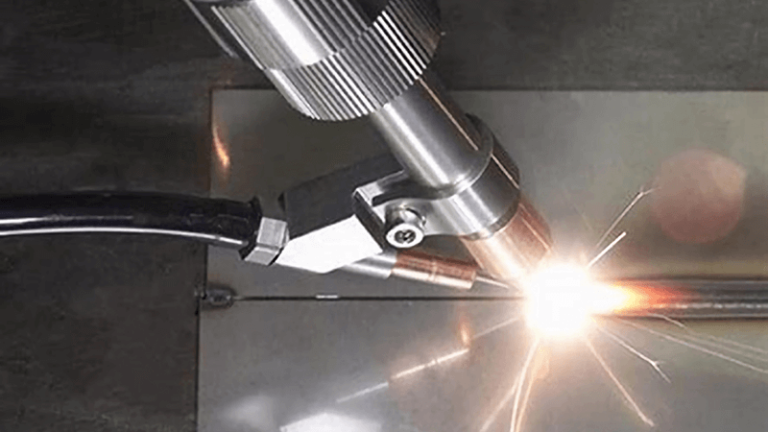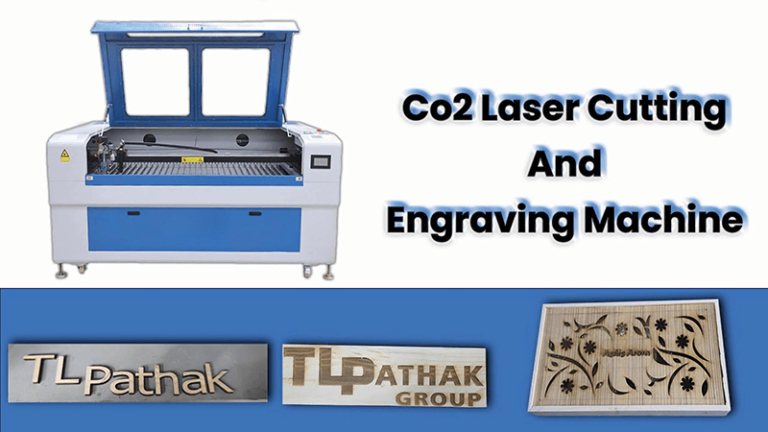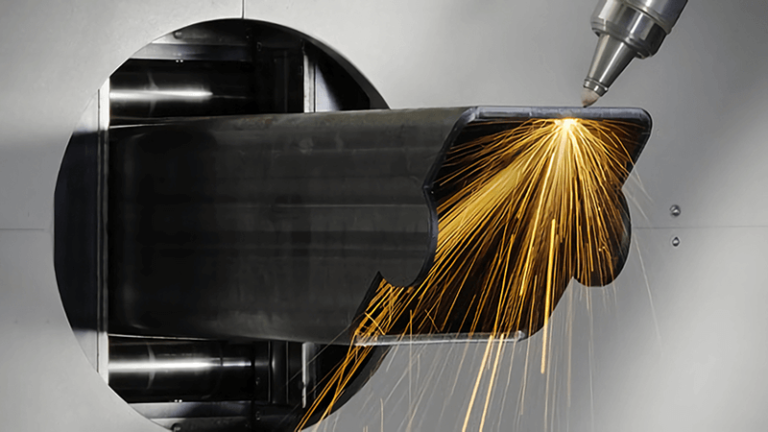Choosing the best fiber laser machine can be overwhelming, especially when it comes to deciding which one is right for your specific needs. In this post, we'll explore the top questions about fiber laser machines and help you understand how to operate them effectively. Let's dive into what makes a good fiber laser machine and how you can get the most out of it.
Fiber laser machines, including laser cleaning, marking, and welding, are revolutionizing industries with their precision and efficiency. In this article, we’ll answer the most common questions about fiber laser machines and help you understand how to operate them effectively.
When it comes to selecting the right fiber laser machine, there are several factors to consider, including operation, settings, and cost efficiency. Let’s explore the key aspects you should know to make an informed decision about fiber laser machines, particularly for laser cleaning applications.

How to Work a Fiber Laser?
Operating a fiber laser machine may seem intimidating, but it’s simpler than it looks. Whether you're cleaning, welding, or marking, the principles remain the same. Here's a quick guide on how to operate a fiber laser and get the best results.
To operate a fiber laser machine, you need to understand the setup process, safety precautions, and the different settings based on your task. From preparing your materials to adjusting the machine settings, it’s all about precision and control.
Operating a fiber laser machine requires knowledge of several core components and settings, ensuring the process is both safe and efficient. Let’s break down the operation process into key stages:
-
Preparation and Setup
- Before starting any operation, ensure the machine is placed on a flat and stable surface.
- Check that the fiber laser’s power supply and cooling system are functioning properly.
- Align the workpiece and set it in the correct position to ensure the laser is focused correctly on the target area.
-
Choosing the Right Parameters
- Laser Power1: The power level will depend on the task. For cleaning rust, for example, a lower power (around 500W-2000W) is recommended to avoid damaging the material.
- Speed: The speed of operation should be set according to the thickness of the material. For thinner materials, you can use a faster speed, while thicker materials may require a slower speed to ensure effective cleaning.
- Focal Length2: The distance between the lens and the material is crucial for accurate cleaning. The correct focal length allows the laser to focus precisely, ensuring the cleaning process is efficient.
-
- Always wear protective laser eyewear.
- Ensure the work area is clear of any flammable materials.
- Have fire safety equipment readily available in case of emergencies.
-
Running the Machine
- Start the fiber laser by triggering the system to begin the process. The laser will emit concentrated beams of light, which will clean the surface of the material.
- Monitor the process continuously to ensure the cleaning is happening as expected. Adjust parameters as needed based on real-time feedback.
Here’s a breakdown of the most important settings to consider:
| Setting | Recommended Range | Impact on Process |
|---|---|---|
| Laser Power | 500W to 2000W | Affects material removal speed and effectiveness. Lower power for delicate cleaning. |
| Speed | 10 to 100 mm/s | Faster speeds for thinner materials, slower speeds for thicker ones. |
| Focal Length | 100 to 200 mm | Impacts the intensity and precision of the laser focus. |
| Frequency | 10 kHz to 50 kHz | Affects the laser pulse rate; higher frequencies for fine work and lower for rust removal. |
By adjusting these settings appropriately, you ensure the fiber laser machine operates at peak performance, providing you with an optimal result.
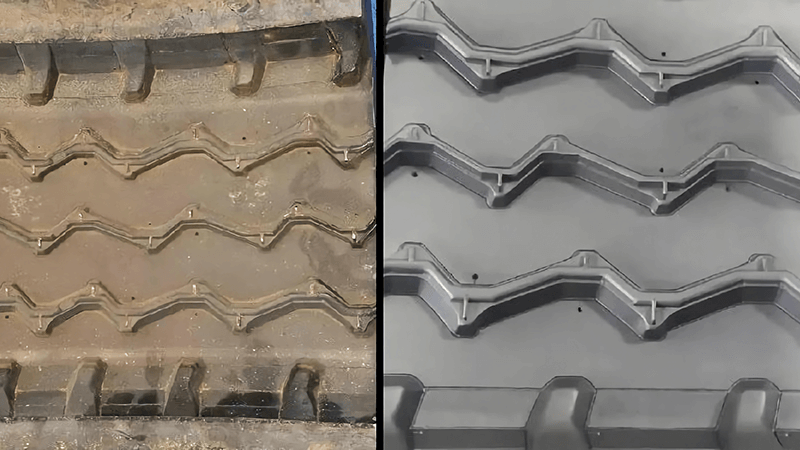
What Frequency Should a Fiber Laser Be Set At?
The frequency setting on a fiber laser machine plays a critical role in how effectively it performs its task. So, what is the right frequency for your fiber laser, and how do you adjust it? Let’s explore the importance of laser frequency and how it affects your results.
The frequency setting on a fiber laser determines how many laser pulses are emitted per second. Higher frequencies are suitable for fine detailing, while lower frequencies work best for tasks like rust removal. Finding the right balance is key.
Understanding the frequency setting4 is essential for optimizing fiber laser performance. The frequency of a fiber laser determines how many laser pulses are emitted each second, which directly impacts the quality and speed of the job.
The Role of Frequency in Laser Cleaning
For applications like laser cleaning5, such as rust removal, the frequency needs to be lower to avoid damaging the base material. Lower frequencies allow for longer exposure of the material to the laser pulse, leading to more efficient rust removal. If the frequency is too high, the laser pulses may not have enough time to effectively break down the rust or contamination.
Frequency for Laser Marking
On the other hand, for precision tasks like laser marking6 or engraving, a higher frequency is typically needed. High-frequency pulses produce more concentrated energy in shorter bursts, which results in finer detail on the surface of materials. For intricate designs, higher frequencies (30 kHz and above) are generally more effective.
Choosing the Right Frequency for Different Materials
Frequency adjustments also depend on the type of material being processed. For softer materials, lower frequencies (around 10 kHz to 20 kHz) are adequate, while harder materials (like stainless steel or titanium) often require higher frequencies for efficient processing.
Here’s a table summarizing frequency settings based on material type:
| Material Type | Recommended Frequency Range | Application |
|---|---|---|
| Soft Materials | 10 kHz to 20 kHz | Ideal for cleaning or engraving softer metals, plastics, or ceramics. |
| Medium Hard Materials | 20 kHz to 30 kHz | Suitable for more durable metals, such as aluminum or copper. |
| Hard Materials | 30 kHz to 50 kHz | For tough materials like stainless steel, titanium, and hard coatings. |
Adjusting the frequency allows you to tailor the laser's energy to fit the material and job, ensuring optimal results and minimal material damage.
How Much Does it Cost to Run a Fiber Laser?
Understanding the cost of running a fiber laser machine is essential for any business. From energy consumption to maintenance, several factors contribute to the overall operating costs. Let’s break down what you should expect when running a fiber laser.
Running a fiber laser machine involves several costs, including electricity, maintenance, and consumables like lenses and protective covers. While the initial investment can be significant, the operational costs are often lower than traditional methods.
The cost of running a fiber laser machine is a combination of several factors: energy consumption7, maintenance, and consumables. Below is an in-depth look at each of these cost components:
-
Energy Consumption
Fiber lasers are generally more energy-efficient than other types of lasers, such as CO2 lasers. A typical fiber laser operates at an energy efficiency of 25-30%, meaning less energy is wasted. The exact energy cost will depend on the laser power and how long the machine is in use, but in general, the operational cost of a fiber laser is lower compared to traditional methods, such as mechanical cutting or cleaning.Here’s a cost breakdown for typical energy usage:
- 1000W Fiber Laser: Around $0.50 to $1.00 per hour
- 2000W Fiber Laser: Around $1.00 to $2.00 per hour
-
Maintenance and Consumables
While fiber lasers require less maintenance than older laser technologies, components like lenses, mirrors, and nozzles do need to be replaced periodically. Typically, these parts last anywhere from 500 to 2000 hours of operation, depending on usage and material type.Here’s a rough estimate of consumable costs:
- Lens Replacement: $50 - $150 (every 6 months to 1 year)
- Nozzle Replacement: $20 - $50 (every 3-6 months)
- Protective Covers: $10 - $30 (replace every 3-6 months)
Regular maintenance costs should also be factored in, although these are typically less frequent than for traditional machines.
-
Labor and Operation Costs
Fiber laser machines are known for their ability to reduce labor costs8. With minimal need for manual labor during operation, they can cut down on staffing costs. In fact, one of our clients experienced substantial labor savings after switching to Kirin Laser’s 2000W fiber laser cleaning machine. The rust removal process was completed much faster and without the mess associated with traditional cleaning methods, significantly reducing the need for cleaning crews. -
Overall Operating Cost
When you factor in all of these costs, fiber lasers often prove to be more cost-effective in the long term. A Kirin Laser 2000W fiber laser cleaning machine, for instance, can run with operational costs of approximately $3 - $5 per hour, depending on power settings and the material being cleaned.
To sum it up, while the initial purchase of a fiber laser may be higher, the long-term operational costs, especially for cleaning applications, are relatively low. By reducing energy consumption, maintenance requirements, and labor costs, fiber laser machines provide a cost-effective solution for industries worldwide.
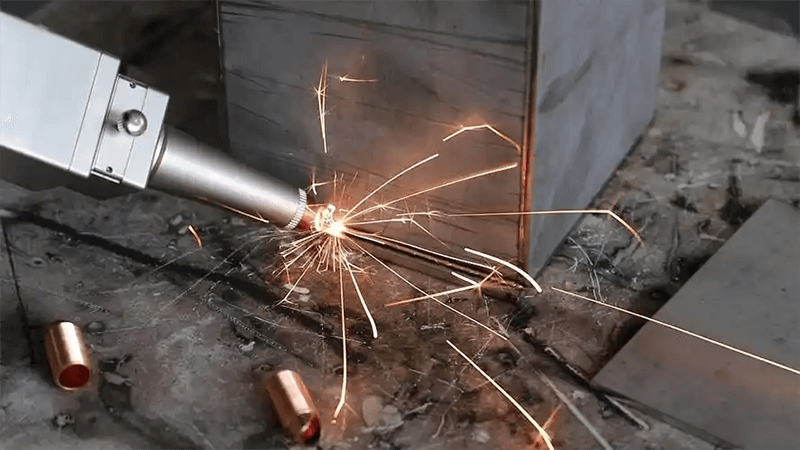
How Do I Choose a Laser Machine?
Choosing the right laser machine can be a challenging decision, especially with so many options available. How do you determine which fiber laser machine is best for your needs? Let’s break down the key factors to consider when making your choice.
When choosing a fiber laser machine, consider factors like power, frequency, material compatibility, and your specific application needs. Whether you’re cleaning, marking, or welding, the right machine will depend on the task at hand.
When selecting a fiber laser machine9, there are several factors to take into account. Each factor plays a significant role in the machine’s performance and how well it fits your specific needs.
1. Power Requirements
One of the first things to consider is the power of the fiber laser10. Fiber laser machines come in various power levels, from lower-powered machines for delicate work to high-powered ones for heavy-duty tasks like rust removal or metal cutting. For tasks like cleaning, a 1000W to 2000W fiber laser is typically sufficient, offering a good balance of power and efficiency.
2. Frequency Settings
The frequency setting of the laser machine is another key factor. For applications like laser cleaning, a lower frequency is often required, while higher frequencies are better suited for engraving and marking tasks. Look for a machine with adjustable frequency settings to match your specific needs.
3. Material Compatibility
Different materials require different settings and equipment. Fiber lasers are versatile and can work on a range of materials, including metals, plastics, and composites. However, you should ensure that the laser machine you choose is capable of handling the materials you plan to work with. Machines designed for industrial cleaning, for example, should be able to handle tough materials like rust-covered metal.
4. Application Focus
Ultimately, the laser machine you choose should align with the primary tasks you plan to perform. For instance, if your focus is on laser cleaning, you'll want a machine optimized for this purpose. Kirin Laser offers machines that are specifically designed for cleaning, like our 2000W fiber laser cleaning11 machine, which is highly effective in rust removal, leaving parts looking as good as new with minimal effort.
Choosing the right fiber laser machine can make all the difference in efficiency, cost savings, and quality. By considering these factors, you can select a machine that perfectly suits your needs and ensures optimal performance.
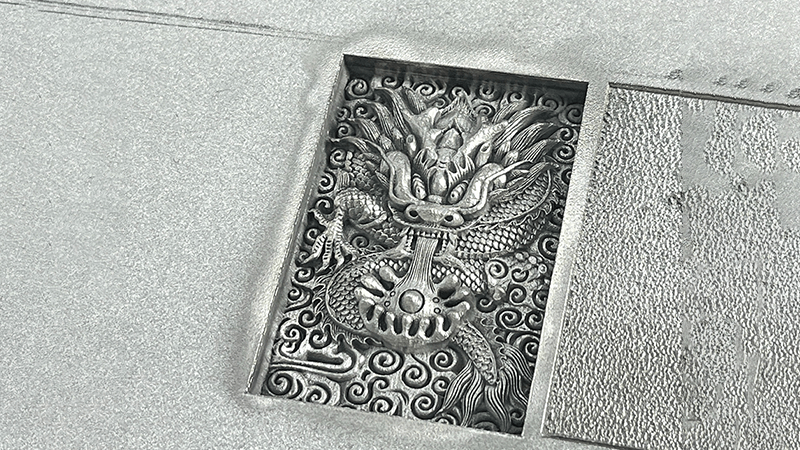
Conclusion
Choosing and operating a fiber laser machine12 can be straightforward when you understand the key factors involved. Whether you are using the machine for cleaning, marking, or welding, understanding settings like power, frequency, and maintenance is essential. With the right machine, you can save time, money, and effort, just as many Kirin Laser clients have experienced. Let us help you find the perfect solution for your needs.
-
Understanding laser power settings is crucial for optimizing performance and achieving desired results in various applications. ↩
-
Exploring the impact of focal length can help you enhance precision and efficiency in your laser operations. ↩
-
Safety is paramount; learning about safety measures can prevent accidents and ensure a secure working environment. ↩
-
Understanding frequency settings is crucial for optimizing laser performance and achieving desired results in various applications. ↩
-
Explore how laser cleaning effectively removes rust and contamination without damaging the base material, enhancing your knowledge of this technology. ↩
-
Discover the advantages of laser marking, including its ability to create intricate designs with high precision and efficiency. ↩
-
Understanding energy consumption can help you evaluate the efficiency and cost-effectiveness of fiber lasers over time. ↩
-
Discover how fiber lasers can streamline operations and reduce labor expenses, enhancing overall productivity in manufacturing. ↩
-
Explore this link to discover top-rated fiber laser machines that suit various applications and power requirements. ↩
-
Understanding the impact of power on performance can help you choose the right machine for your specific tasks. ↩
-
Learn about the advantages of laser cleaning technology and how it can enhance your cleaning processes effectively. ↩
-
Getting your best laser soltions and laser machine price form Kirin Laser. ↩

